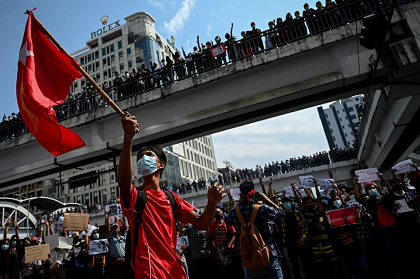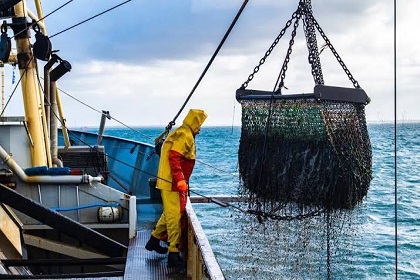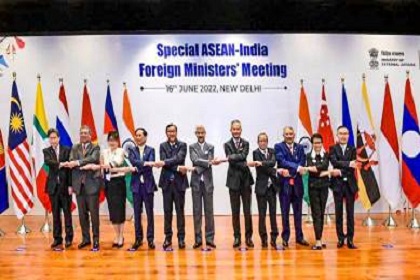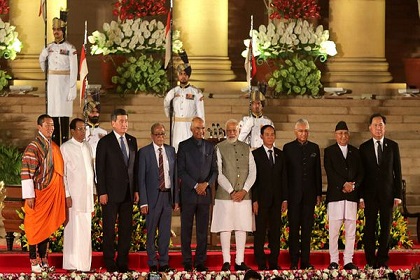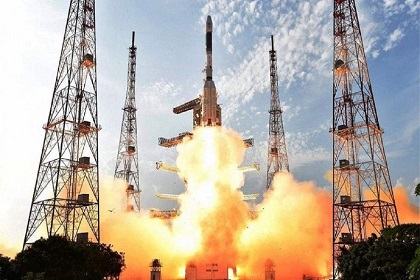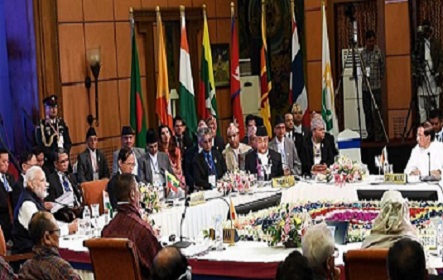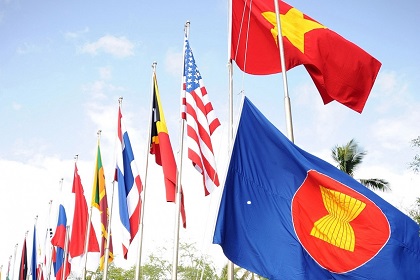The quest for hope in Myanmar
February 1, 2023 marks the second anniversary of the military coup in Myanmar. The country is now in a dire situation with a deteriorating economy, rising poverty and high unemployment. ASEAN, the UN and India continue to work with the Myanmarese military leadership, which is the only player able to provide solutions to alleviate the distress.


